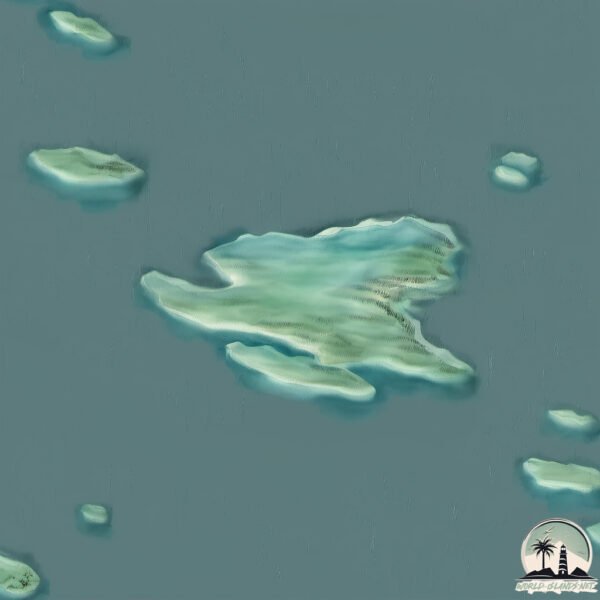Welcome to Sigfridson , a Continental island in the Gulf of Bothnia, part of the majestic Atlantic Ocean. This guide offers a comprehensive overview of what makes Sigfridson unique – from its geography and climate to its population, infrastructure, and beyond. Dive into the details:
Geography and size of Sigfridson
Size: 2.455 km²Coastline: 9.1 kmOcean: Atlantic OceanSea: Gulf of BothniaContinent: Europe
Sigfridson is a Small Island spanning 2.5 km² with a coastline of 9.1 km.
Archipel: –
Tectonic Plate: Eurasia – One of the world’s largest tectonic plates, the Eurasian Plate covers a significant portion of Europe and Asia. It’s characterized by diverse geological features, including the Ural Mountains, the European Plain, and the Himalayas formed from its collision with the Indian Plate.
The geographic heart of the island is pinpointed at these coordinates:
Climate and weather of Sigfridson
Climate Zone: ContinentalClimate Details: Warm-Summer Humid Continental ClimateTemperature: Warm Summer
Climate Characteristics: Features warm summers and cold winters with consistent precipitation, common in higher latitudes.
Topography and nature of Sigfridson
Timezone: UTC+01:00Timezone places: Europe/ParisMax. Elevation: 42 m Mean Elevation: 32 mVegetation: Open WoodlandTree Coverage: 98%
The mean elevation is 32 m. The highest elevation on the island reaches approximately 42 meters above sea level. The island is characterized by Plains: Flat, low-lying lands characterized by a maximum elevation of up to 200 meters. On islands, plains are typically coastal lowlands or central flat areas.
Dominating Vegetation: Open Woodland
Vegetation: 4 vegetation zones – Diverse Island
Infrastructure and Travelling to Sigfridson
Does the island have a public airport? no .
Does the island have a major port? no .
The mean population of Sigfridson is 28 per km². Sigfridson is Gently Populated. The island belongs to Sweden .
Continuing your journey, Hinderson is the next notable island, situated merely km away.
Sigwermeling’s Trip To Belize
Sigwermeling’s Trip To Belize
Movers in Westbrook Maine
Looking for movers in westbrook, Maine? Call Liberty Bell Moving & ...
Looking for movers in westbrook, Maine? Call Liberty Bell Moving & Storage today for a free estimates. Compared to other moving ...
Oregon Coast Wedding
WEDDING DAY RECAP of Christy & David filmed at the Salishan Resort in ...
WEDDING DAY RECAP of Christy & David filmed at the Salishan Resort in Gleneden Beach.
Sweden is classified as Developed region: nonG7: Developed economies outside of the Group of Seven, characterized by high income and advanced economic structures. The level of income is High income: OECD.
News – Latest Updates and Headlines from Sigfridson
Stay informed with the most recent news and important headlines from Sigfridson. Here’s a roundup of the latest developments.
Loading...
Please note: The data used here has been primarily extracted from satellite readings. Deviations from exact values may occur, particularly regarding the height of elevations and population density. Land area and coastline measurements refer to average values at mean high tide.

